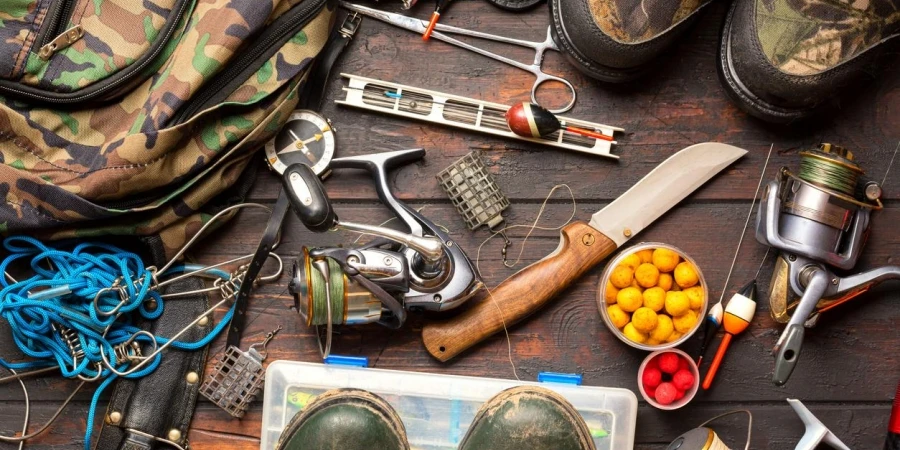Table of Contents
1. Introduction
2. Overview of Fishing Feeder Types and Their Uses
3. 2024 Market Insights: Trends and Developments
4. Key Factors to Consider When Choosing Fishing Feeders
5. Top Fishing Feeder Models for 2025
6. Conclusion
Introduction
Selecting the right fishing feeder in 2025 is crucial for optimizing the feeding process in various fishing environments. Fishing feeders, ranging from automatic to specialized rigs, play a key role in ensuring consistent and efficient bait distribution, directly impacting the health and growth of fish populations. These tools offer significant benefits, including time-saving automation, precise feeding control, and adaptability to different fishing conditions. Understanding the options available and choosing the appropriate feeder can greatly enhance fishing efficiency and outcomes, making it a vital decision for professionals in the industry.
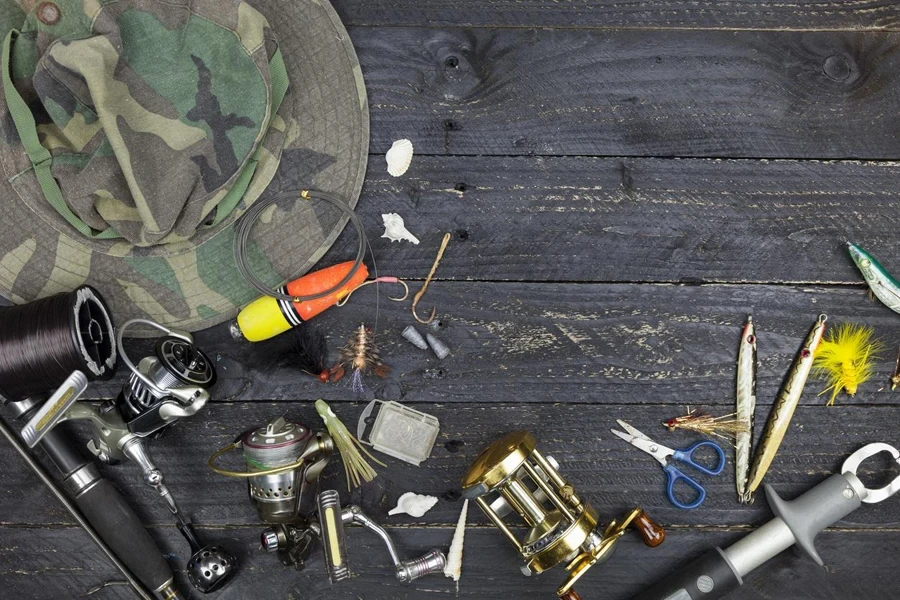
Overview of Fishing Feeder Types and Their Uses
Automatic Fish Feeders
Automatic fish feeders are essential for maintaining consistent feeding schedules in both recreational and commercial fishing environments. These devices vary in design and functionality, with popular types including broadcast, directional, and solar-powered feeders. Broadcast feeders, for instance, disperse feed evenly over a wide area, making them ideal for large ponds or lakes where fish need to be attracted over a broad space. Directional feeders, on the other hand, focus on delivering feed to a specific area, often using a targeted spray or drop mechanism, which is particularly useful in controlled environments where precise feeding is necessary.
Among the directional feeders, models like the Texas Hunter 250 lb. Solar Powered Feeder stand out for their robust construction and high feed capacity. This feeder can dispense up to 250 pounds of feed in a controlled, wedge-shaped pattern, making it effective for larger fish populations. The added solar power capability ensures that the feeder remains operational with minimal maintenance, reducing the need for frequent battery changes and providing a sustainable option for outdoor use.
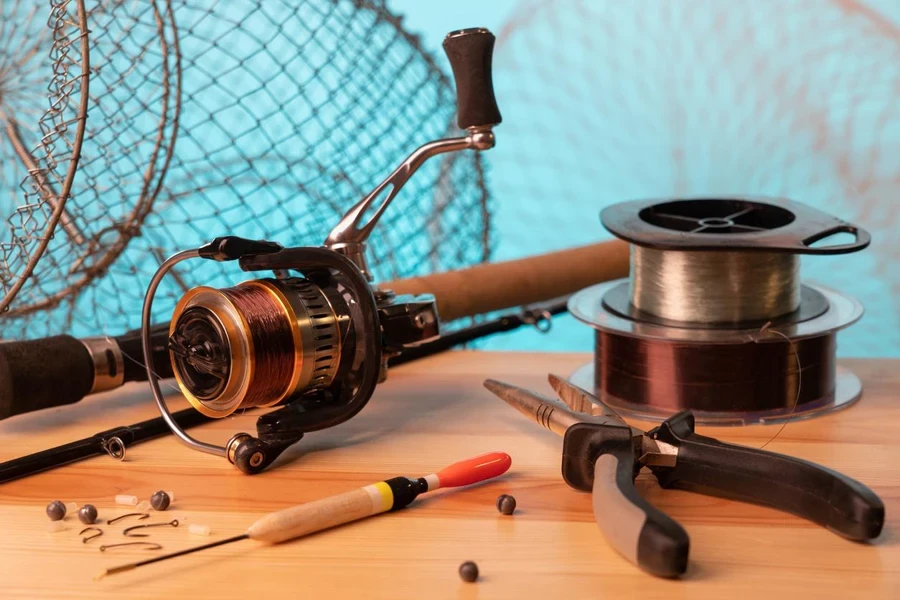
Feeder Types for Coarse Fishing
Coarse fishing, a common method for catching freshwater fish such as carp, bream, and roach, employs various feeder types, each suited to different fishing conditions and bait types. Cage feeders are among the most popular, featuring a simple design that allows bait to be packed around a central core. As the bait dissolves in water, it creates an attractive cloud that draws fish to the area. These feeders are especially effective in flowing water, where the dispersal of bait can attract fish over a larger distance.
Method feeders are another type widely used in coarse fishing. These feeders allow anglers to mold bait directly onto the feeder, ensuring that the bait is presented close to the hook. This setup is highly effective in still or slow-moving waters, where fish can inspect the bait closely before taking it. Maggot feeders, designed specifically for live bait, use a perforated design to release maggots slowly, keeping them near the hook for an extended period, which is beneficial in colder conditions when fish are less active.
Feeder Fishing Rigs
Feeder fishing rigs are crucial for optimizing bait presentation and increasing catch rates. Common rigs include the running rig, method feeder rig, and helicopter rig, each offering unique advantages based on the fishing scenario. The running rig, for example, allows the feeder to move freely along the line, giving fish the confidence to bite without feeling resistance. This rig is particularly effective in areas where fish are easily spooked.
The method feeder rig, on the other hand, integrates the feeder into the line, ensuring that the bait is presented directly next to the hook. This rig is highly effective in carp fishing, where precise bait placement can significantly increase the chances of a catch. Lastly, the helicopter rig, known for its versatility, allows the hooklink to rotate around the main line, reducing tangles and making it ideal for long-distance casting.
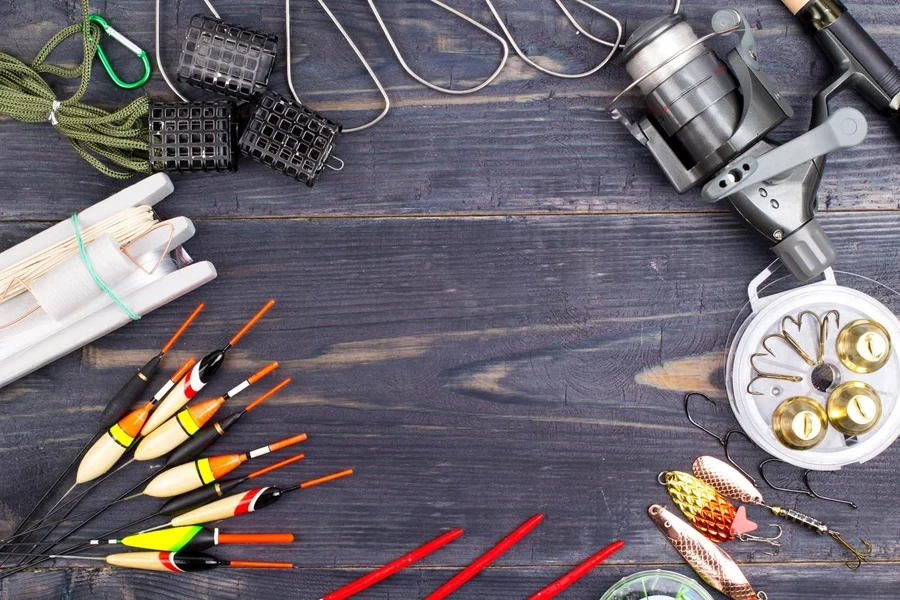
2024 Market Insights: Trends and Developments
Market Growth and Demand
The global market for automatic fish feeders is expected to expand at a compound annual growth rate (CAGR) of approximately 6.8% from 2024 to 2031, driven largely by growth in the aquaculture industry. This sector increasingly relies on automated feeding systems to enhance fish health and productivity, according to Proficient Market Insights. Demand for these feeders spans from small aquariums to large fish farms, underscoring their versatility and widespread adoption across different applications.
Technological Advancements
Technology plays a critical role in the evolution of fishing feeders, with innovations aimed at enhancing efficiency and sustainability. The rise of solar-powered feeders is a notable development, providing an eco-friendly alternative that reduces the reliance on traditional power sources. These feeders are particularly advantageous in remote or off-grid locations, where maintaining a consistent power supply can be challenging. Additionally, advancements in programmable feeders allow for precise control over feeding schedules and quantities, minimizing waste and improving the overall health of fish populations. The integration of smart technology, such as Wi-Fi and Bluetooth connectivity, further enhances the functionality of these devices, allowing for remote monitoring and adjustments via smartphone apps.
Key Factors to Consider When Choosing Fishing Feeders
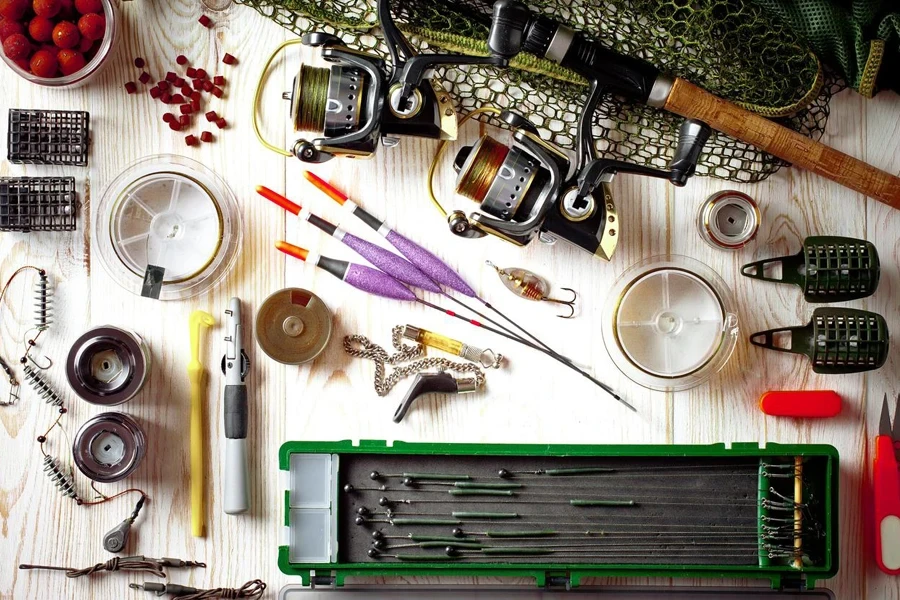
Fish Species and Pond Size
Selecting the right fishing feeder begins with understanding the specific fish species and the size of the pond or lake where it will be used. Different fish have varying dietary needs and feeding behaviors, which should guide the choice of feeder. For instance, larger fish such as bass or catfish may require feeders that dispense larger pellets, while smaller species like bluegill may benefit from feeders that distribute finer, more frequent doses of food. Additionally, the size of the water body plays a crucial role in determining the feeder’s capacity and range. Larger ponds or lakes may require feeders with higher capacity and wider distribution to ensure all fish are adequately fed.
Environmental Conditions
Environmental factors such as water flow, depth, and temperature also significantly influence feeder selection. In ponds with strong currents or varying water levels, it is important to choose feeders that can adjust their output to maintain consistent feeding regardless of changes in water conditions. Directional feeders, which focus feed in a specific area, are particularly useful in these situations as they ensure that food reaches the desired location without being dispersed by currents. Additionally, the placement of the feeder is key; for example, shoreline feeders are ideal for stable, shallow waters, while dock-mounted feeders may be more appropriate for deeper or fluctuating water levels.
Budget and Durability
Budget considerations are always important when selecting fishing feeders, especially when balancing initial costs against long-term value. Higher-end feeders often come with advanced features like programmable timers, solar power options, and durable construction materials that can extend their lifespan and reduce maintenance costs. While these feeders may require a larger upfront investment, their reliability and lower ongoing costs can provide better value over time. For instance, solar-powered feeders can significantly reduce energy costs by harnessing free solar energy, making them a cost-effective choice in the long run, especially in remote or off-grid locations.
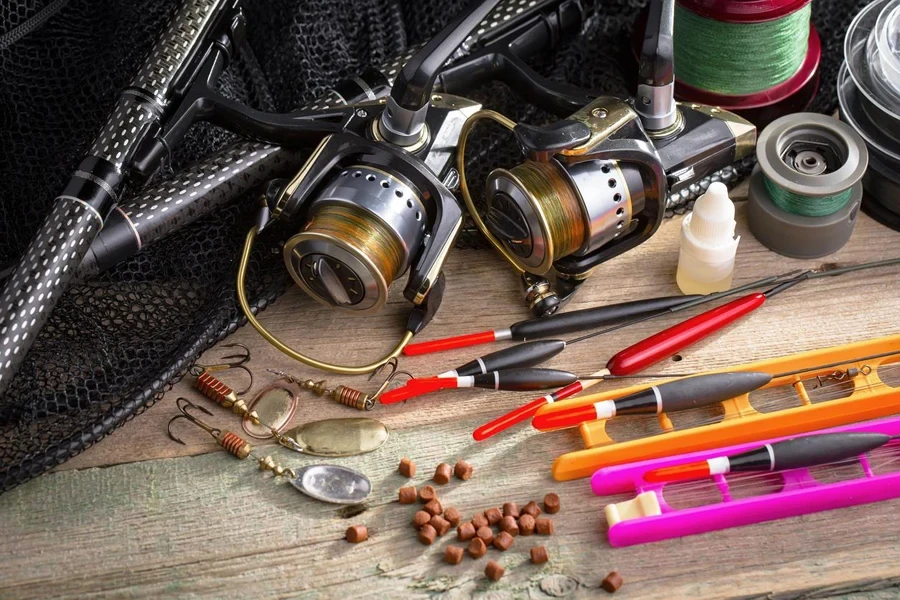
Power Source and Maintenance
The choice of power source for a fishing feeder is another critical factor, particularly in terms of maintenance and operational efficiency. Solar-powered feeders are becoming increasingly popular due to their sustainability and low maintenance requirements. These feeders reduce the need for frequent battery replacements and are ideal for locations with consistent sunlight. However, it’s important to consider the availability of sunlight throughout the year, as areas with limited sun exposure may require feeders with reliable battery backups. Maintenance needs should also be evaluated; feeders with simpler designs and fewer moving parts generally require less frequent maintenance, ensuring more consistent operation over time.
Top Fishing Feeder Models for 2025
Leading Automatic Feeders
When it comes to automatic fishing feeders, the Texas Hunter 250 lb. Solar Powered Feeder is a standout model in 2025. This feeder is known for its high capacity and robust construction, making it ideal for large ponds or lakes. The solar power feature ensures consistent operation with minimal maintenance, making it a practical choice for remote locations where power supply might be an issue. Another noteworthy model is the Sweeney Feeders 425 lb. Capacity Feeder, which offers a heavy-duty design and is equipped with adjustable motor speeds and a premium timer that allows for up to 24 feedings per day. These features make it versatile and highly reliable for maintaining fish populations in various environments.
Best Feeders for Coarse Fishing
For coarse fishing, selecting the right feeder is crucial to success. Popular choices include the Drennan In-Line Flat Method Feeder, which is highly rated for its ability to present bait effectively in competitive fishing situations. This feeder is particularly useful when targeting fish in both shallow and deep waters. Another top model is the Preston Innovations Plug It Feeder, known for its versatility and ease of use, allowing anglers to switch between different baits and techniques seamlessly. The Korda Bait-Up Feeder is also a top pick, especially for its precision in delivering bait to specific spots, which is essential in coarse fishing to attract and hold fish in a concentrated area.
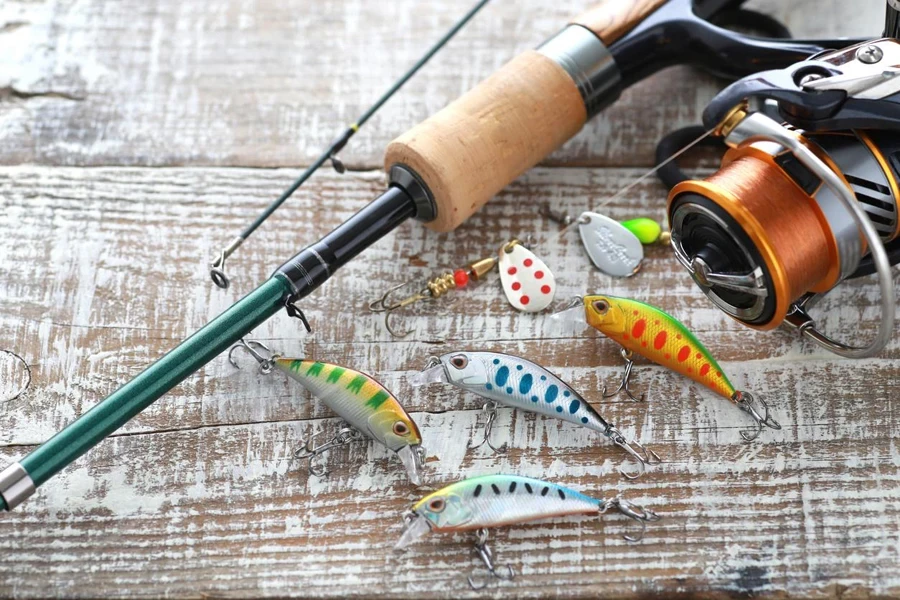
Innovative Feeder Rigs
Innovative feeder rigs continue to enhance fishing strategies in 2025. The Preston Innovations Intensity Feeder Reel is a top recommendation, especially for method feeder fishing. This reel is designed to handle heavy feeders and large fish, with features like a high retrieve ratio and a robust build that ensures durability and performance under demanding conditions. Additionally, the Drennan Acolyte Feeder Rods are highly regarded for their precision and versatility, making them ideal for various coarse fishing scenarios. These rods and reels are designed to work together to provide anglers with a balanced setup that enhances both casting distance and accuracy, crucial for success in feeder fishing.
Conclusion
Choosing the right fishing feeder is essential for ensuring efficient and successful fishing operations, especially in a market that continues to evolve with advanced technology. As 2025 unfolds, the integration of solar power, programmable features, and high-capacity models offers significant advantages for both recreational and commercial use. Understanding the specific needs of the fish species, pond size, and environmental conditions is crucial in selecting a feeder that delivers consistent results. By staying informed about the latest trends and innovations, professionals can enhance their fishing strategies and achieve better outcomes in their operations.
